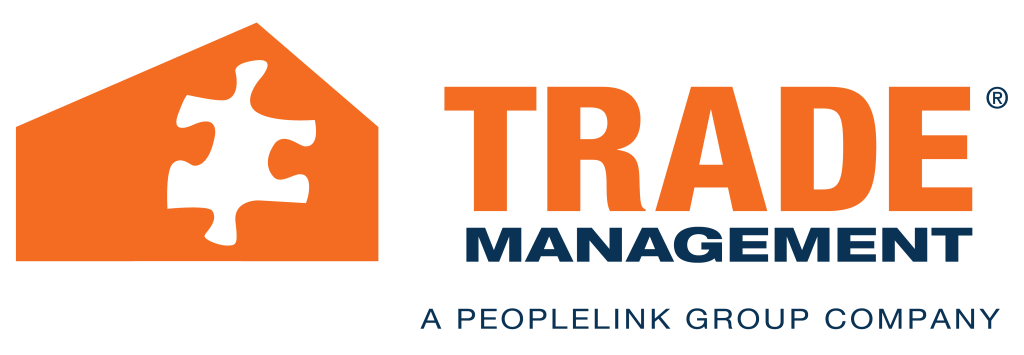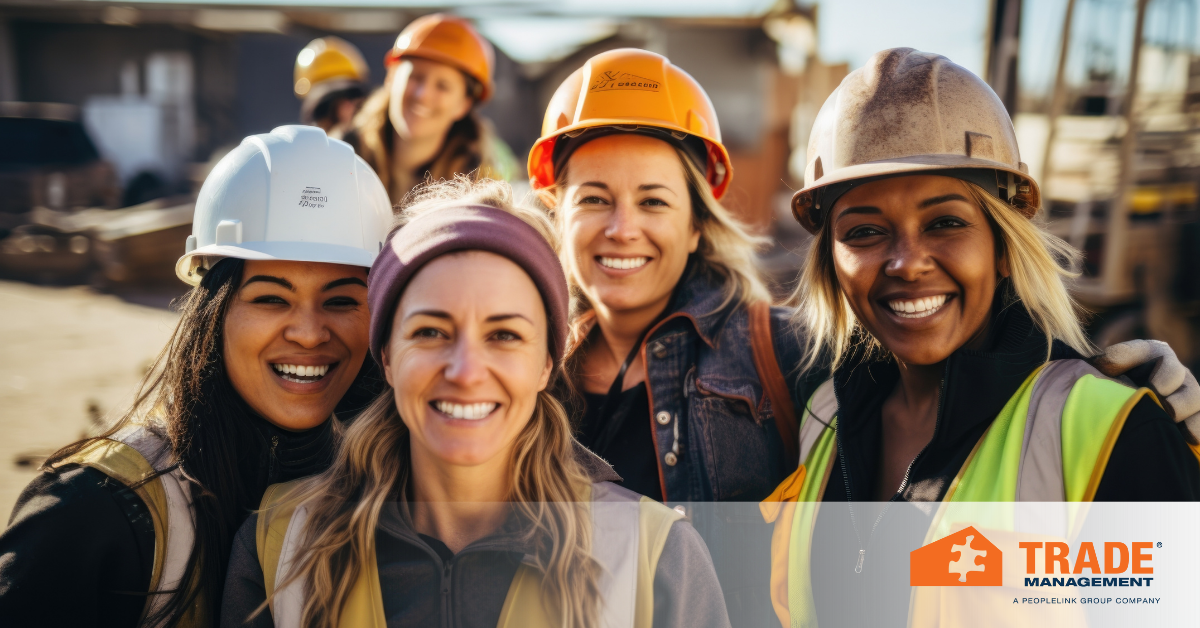In recent decades, a notable shift has occurred in the traditionally male-dominated arena of trades, with a gradual but significant increase in the participation of women. This trend is a testament to the evolving landscape of attitudes, legislation, and educational opportunities surrounding gender equality and workforce diversity.
According to data from the Women’s Institute of Policy Research, the number of women in trades surged from 240,930 to 353,954 between 2017 and 2022, marking a remarkable 47% increase. However, despite this progress, women still represent a mere 4.3% of the total positions of workers who use tools, underscoring the persisting gender gap in this sector. Moreover, while the construction workforce overall is estimated to include around 9% to 10% women, as reported by the U.S. Bureau of Labor Statistics, it is important to acknowledge that this percentage varies significantly across specific occupations, roles, and geographical regions within the construction industry.
For Women’s History Month, let’s delve deeper into the journey of women in trades exploring the challenges they have overcome and the strides they continue to make.
Tradeswomen Out of Necessity
Throughout both World War I and World War II, women were essential contributors to the war effort by taking on traditionally male roles to cover for the men fighting on the front lines.
These pivotal moments in history marked a significant departure from societal norms, as women took on essential roles such as electrical work, welding, engine repair, and other trade-related tasks that were previously deemed not suitable for women. Their contributions not only helped sustain crucial industries during times of conflict but also paved the way for societal shifts in attitudes toward women in the trades.
Fast forward to today, and women can enter the trades by choice, empowered by the progress made by their predecessors. But breaking into what remains a male-dominated field has not been without its challenges.
Overcoming Laws and Regulations That Excluded Women from Skilled Trade
After World War II, and after women had proven they were up to the job, women still faced gender bias, discrimination, and barriers to entry in trade jobs. Legal and social obstacles, including discriminatory practices, limited women’s opportunities in skilled trades. Laws and policies often excluded women from formal training programs and apprenticeships, and unions traditionally prohibited women from membership.
Despite possessing the talent and ambition to excel in these trade skills, women were routinely denied equal access to employment opportunities solely based on their gender. It was not until the 1960s that the Equal Employment Opportunity Law made it illegal to prohibit access to jobs based on gender.
Current Trends with Women in Trades
In recent decades, there has been a growing presence of women in skilled trades. Efforts to promote diversity and inclusivity have led to more women pursuing careers in fields such as plumbing, electrical work, carpentry, and welding.
It is not uncommon today for small businesses like plumbing companies, electrical services, and HVAC install and repair businesses to be owned and run by women. An increasing number of women are donning hard hats and following in their father’s footsteps onto the construction site.
In fact, the construction industry has witnessed the remarkable achievements of numerous women who have not only excelled but have also become influential leaders in their respective fields.
One such example is Patricia Galloway, the first female president of the American Society of Civil Engineers (ASCE), whose pioneering work in civil engineering has earned her international acclaim. Similarly, Linda Alvarado, CEO of Alvarado Construction, has made history as one of the few Latina women to own a major construction company in the United States, overseeing multi-million-dollar projects such as sports stadiums and convention centers.
In addition to individual contributions, the presence of women in construction brings unique perspectives, skills, and experiences to the table, enriching teams and contributing to innovation and problem-solving. By fostering an environment of mutual respect and collaboration, construction companies and organizations can harness the full potential of their workforce and drive positive outcomes for projects and communities alike.
Tradeswomen – Looking Ahead
Successful women in construction have been catalysts for positive change, advocating for greater inclusivity and equity within the industry. Through mentorship programs, networking initiatives, and community outreach efforts, they actively work to create pathways for other women to enter and excel in construction careers. Their dedication to fostering supportive and inclusive work environments has helped break down barriers and challenge outdated perceptions.
Women in Trade with Trade Management: A Personal Profile
We asked one of our own recruiters about her experience working in the skilled trades sector. Daysha Juergens shared her insights on what it was like to establish her career in recruiting in a male-dominated arena.
What challenges did you have to overcome, if any, that arose from being a woman in this field? The biggest challenge I have faced being a woman in this field was obtaining the knowledge of this industry needed to recruit. Initially, I started off at a trade school as a career specialist helping the students land jobs when they graduated. I took the time to visit the classrooms and observe/ask questions. Being able to see the students perform their trades really helped me have knowledge to build upon. I took every opportunity to learn more by visiting trade employers who hired our students and asking questions. As a recruiter in construction, I learned the most by speaking with the candidates. The more you interview a certain trade the better you get at asking the right questions to place them correctly.
What do you consider your greatest accomplishment? My greatest accomplishment would be completing a graduate degree as a first-generation college student.
How have you seen the industry change over time in regard to women working in the business? While I worked for the trade school, we kept seeing rising amounts of women signing up to learn a trade. I’m seeing more marketing toward high school students going into the trades versus taking the traditional college route, which is exciting.
Do You Need to Hire Tradespeople?
Work with Trade Management to hire experienced tradespeople when you need them. Learn more today.

